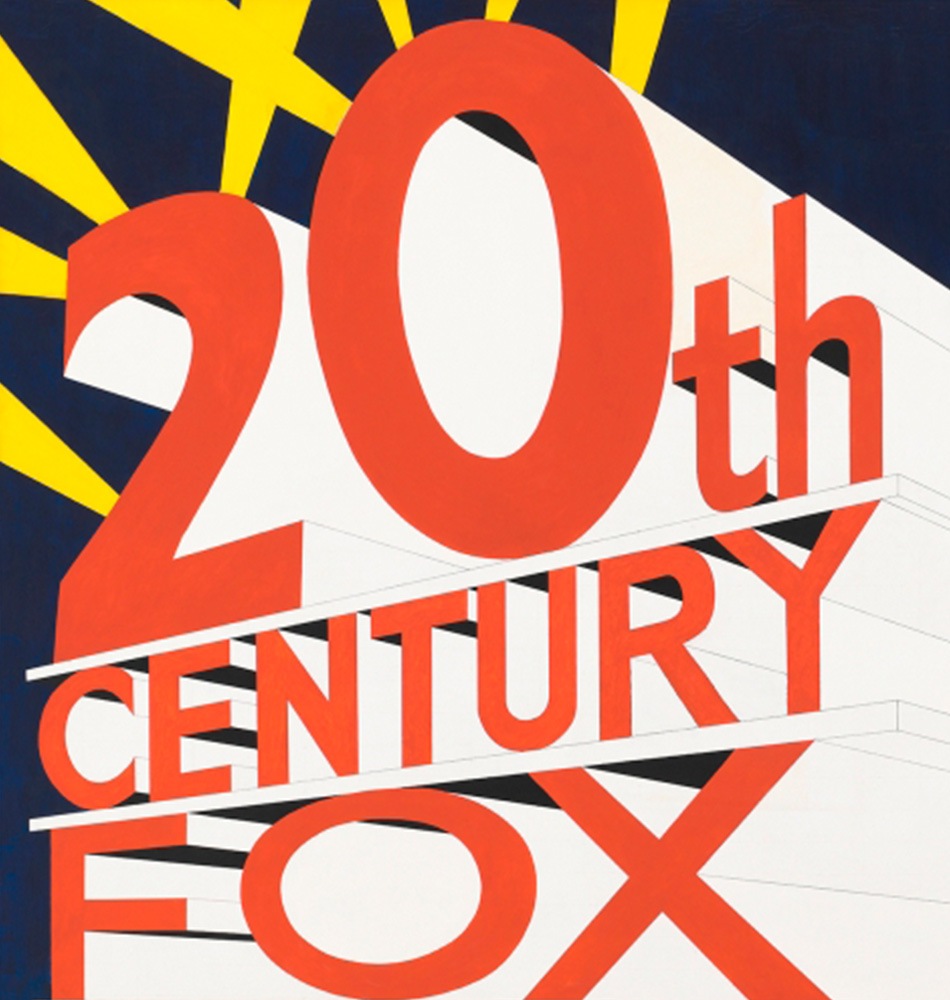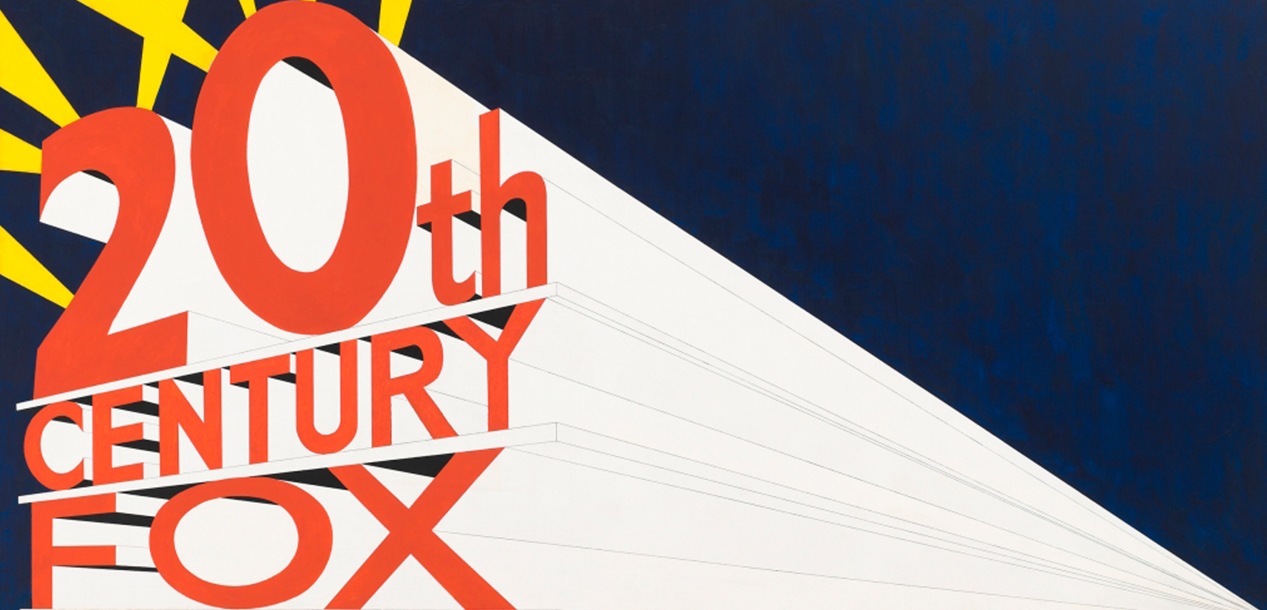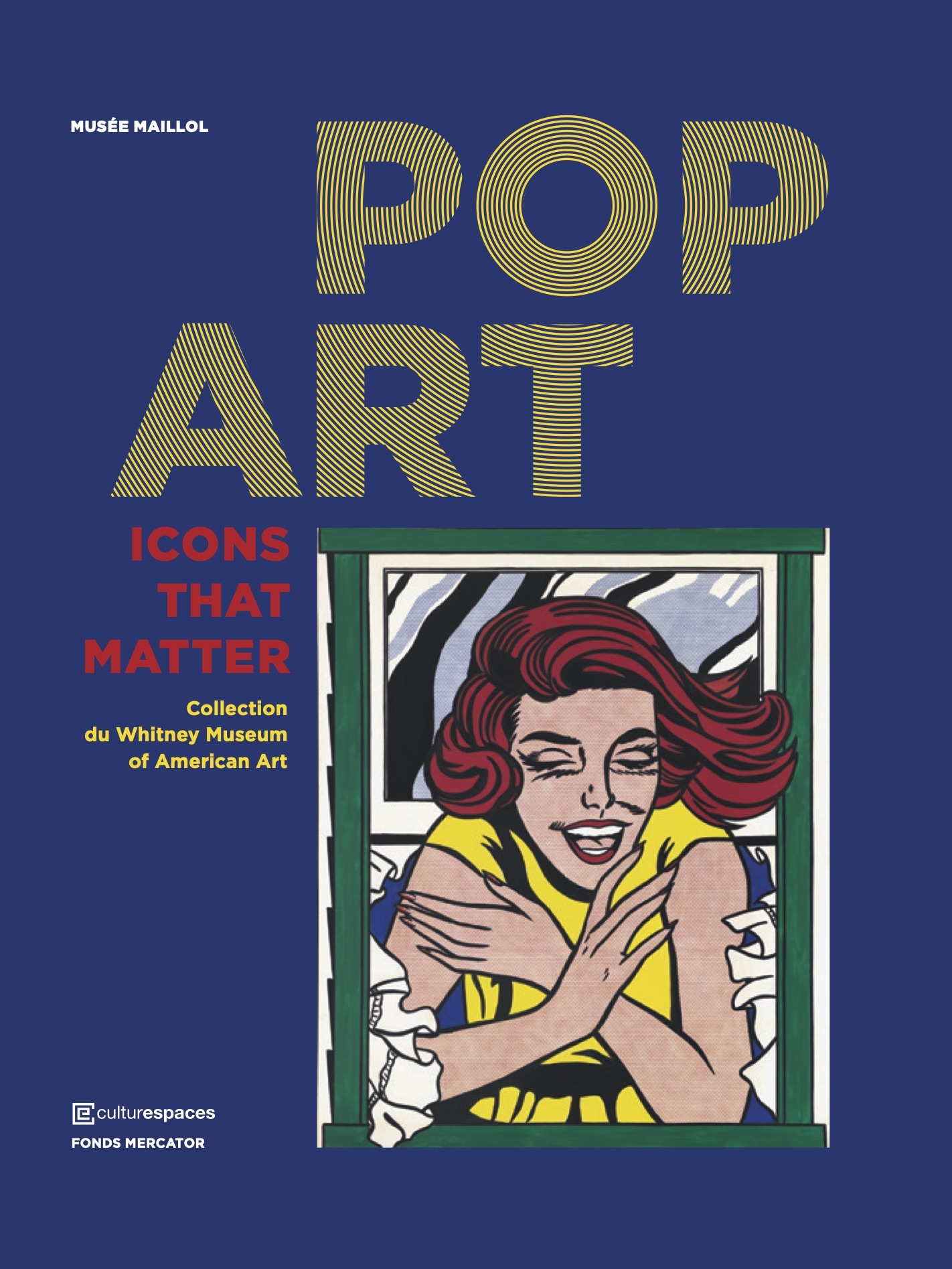En cours
A Venir
Billetterie
Collections en ligne
Actualités
Boutique
Restaurants et privatisation


Pop Art - Icons that matter
The Collection of the Whitney Museum of American Art, New York
David Breslin
Carrie Springer
Established by the highly celebrated sculptor and arts benefactor Gertrude Vanderbilt Whitney (1875-1942), the collection at New York’s Whitney Museum of American Art is a veritable anthology of twentieth-century American art. The collection includes masterpieces of “Pop Art” that range from paintings, sculptures and prints. Some sixty of these works will be presented for the first time in Paris, at the Musée Maillol from September 22nd 2017 to January 21st 2018.
From the major figures of the Pop Art movement, Robert Rauschenberg and Jasper Johns, to the monumental sculptures and canvases of Claes Oldenburg, Tom Wesselmann, James Rosenquist and Alex Katz, to the paintings and silkscreens of Andy Warhol, and the works of Jim Dine and Roy Lichtenstein, the comprehensive exhibition showcases post-war American Pop Art, from the early 1960s to the late 1970s. The exhibition brings together the movement’s greatest figures, including American artists who are less known in France (George Segal, Rosalyn Drexler, May Stevens, John Wesley, etc.).
The collection of works on display at the Musée Maillol showcase a wide range of formal techniques and artistic styles, revealing the diversity of artistic approaches unified by the umbrella term “Pop Art”.
In the early 1960s, a generation of artists emerged in the United States as a reaction to the abstract expressionism that was dominant at the time. As rampant consumerism developed alongside economic growth Pop Art emerged. Pop artists notably depicted everyday objects and signs of popular mass culture using the techniques employed in advertising and comic strips, and including textual elements. The artistic movement was also characterized by its flat, uniform colors in bold, sharp tones, using a technique that came to be known as hard-edge. Pop Art affirmed a belief in the power of images, and often used humor and irony to reappropriate iconic figures such as Jackie Kennedy and Marilyn Monroe, thereby simultaneously celebrating and criticizing “the American way of life”.
Roy Lichtenstein once said, “Pop art looks out into the world; it appears to accept its environment, which is not good or bad, but different—another state of mind.”
“Pop is everything art hasn’t been for the last two decades. It is basically a U-turn back to representational visual communication, moving at a breakaway speed in several sharp late models. Pop is a reenlistment in the world. It is shuck the bomb. It is the American Dream, optimistic, generous and naive.” Robert Indiana
Established by the highly celebrated sculptor and arts benefactor Gertrude Vanderbilt Whitney (1875-1942), the collection at New York’s Whitney Museum of American Art is a veritable anthology of twentieth-century American art. The collection includes masterpieces of “Pop Art” that range from paintings, sculptures and prints. Some sixty of these works will be presented for the first time in Paris, at the Musée Maillol from September 22nd 2017 to January 21st 2018.
From the major figures of the Pop Art movement, Robert Rauschenberg and Jasper Johns, to the monumental sculptures and canvases of Claes Oldenburg, Tom Wesselmann, James Rosenquist and Alex Katz, to the paintings and silkscreens of Andy Warhol, and the works of Jim Dine and Roy Lichtenstein, the comprehensive exhibition showcases post-war American Pop Art, from the early 1960s to the late 1970s. The exhibition brings together the movement’s greatest figures, including American artists who are less known in France (George Segal, Rosalyn Drexler, May Stevens, John Wesley, etc.).
The collection of works on display at the Musée Maillol showcase a wide range of formal techniques and artistic styles, revealing the diversity of artistic approaches unified by the umbrella term “Pop Art”.
In the early 1960s, a generation of artists emerged in the United States as a reaction to the abstract expressionism that was dominant at the time. As rampant consumerism developed alongside economic growth Pop Art emerged. Pop artists notably depicted everyday objects and signs of popular mass culture using the techniques employed in advertising and comic strips, and including textual elements. The artistic movement was also characterized by its flat, uniform colors in bold, sharp tones, using a technique that came to be known as hard-edge. Pop Art affirmed a belief in the power of images, and often used humor and irony to reappropriate iconic figures such as Jackie Kennedy and Marilyn Monroe, thereby simultaneously celebrating and criticizing “the American way of life”.
Roy Lichtenstein once said, “Pop art looks out into the world; it appears to accept its environment, which is not good or bad, but different—another state of mind.”
“Pop is everything art hasn’t been for the last two decades. It is basically a U-turn back to representational visual communication, moving at a breakaway speed in several sharp late models. Pop is a reenlistment in the world. It is shuck the bomb. It is the American Dream, optimistic, generous and naive.” Robert Indiana

Pop Art
Icons that matter
Established by the highly celebrated sculptor and arts benefactor Gertrude Vanderbilt Whitney (1875-1942), the collection at New York’s Whitney Museum of American Art is a veritable anthology of twentieth-century American art. The collection includes masterpieces of “Pop Art” that range from paintings, sculptures and prints. Some sixty of these works will be presented for the first time in Paris, at the Musée Maillol from September 22nd 2017 to January 21st 2018.
From the major figures of the Pop Art movement, Robert Rauschenberg and Jasper Johns, to the monumental sculptures and canvases of Claes Oldenburg, Tom Wesselmann, James Rosenquist and Alex Katz, to the paintings and silkscreens of Andy Warhol, and the works of Jim Dine and Roy Lichtenstein, the comprehensive exhibition showcases post-war American Pop Art, from the early 1960s to the late 1970s. The exhibition brings together the movement’s greatest figures, including American artists who are less known in France (George Segal, Rosalyn Drexler, May Stevens, John Wesley, etc.).
The collection of works on display at the Musée Maillol showcase a wide range of formal techniques and artistic styles, revealing the diversity of artistic approaches unified by the umbrella term “Pop Art”.
In the early 1960s, a generation of artists emerged in the United States as a reaction to the abstract expressionism that was dominant at the time. As rampant consumerism developed alongside economic growth Pop Art emerged. Pop artists notably depicted everyday objects and signs of popular mass culture using the techniques employed in advertising and comic strips, and including textual elements. The artistic movement was also characterized by its flat, uniform colors in bold, sharp tones, using a technique that came to be known as hard-edge. Pop Art affirmed a belief in the power of images, and often used humor and irony to reappropriate iconic figures such as Jackie Kennedy and Marilyn Monroe, thereby simultaneously celebrating and criticizing “the American way of life”.
Roy Lichtenstein once said, “Pop art looks out into the world; it appears to accept its environment, which is not good or bad, but different—another state of mind.”
“Pop is everything art hasn’t been for the last two decades. It is basically a U-turn back to representational visual communication, moving at a breakaway speed in several sharp late models. Pop is a reenlistment in the world. It is shuck the bomb. It is the American Dream, optimistic, generous and naive.” Robert Indiana
Mentions légales | CGU | Données personnelles | Gestion des cookies
Musée Maillol, 2021
Mentions légales | CGU | Données personnelles | Gestion des cookies
Musée Maillol, 2021